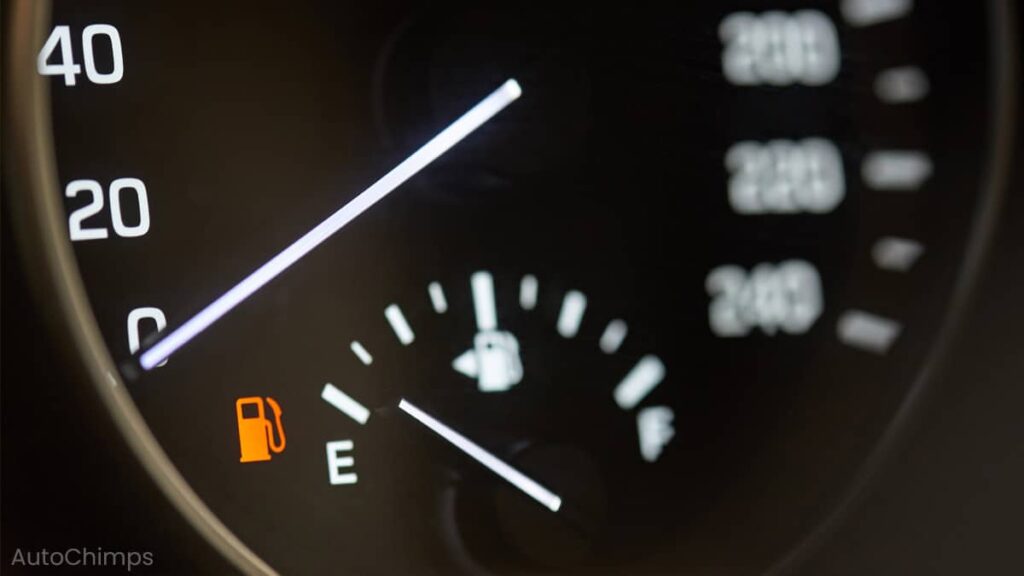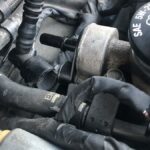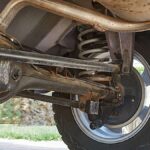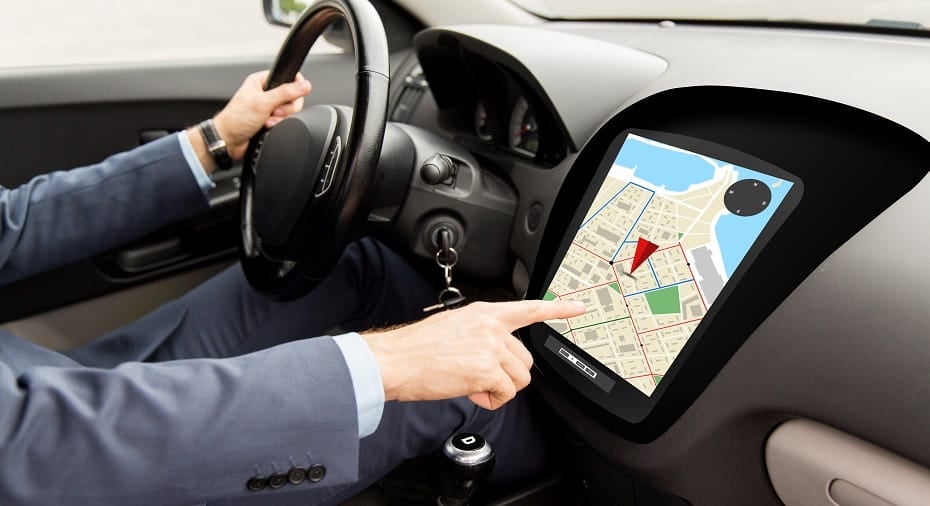


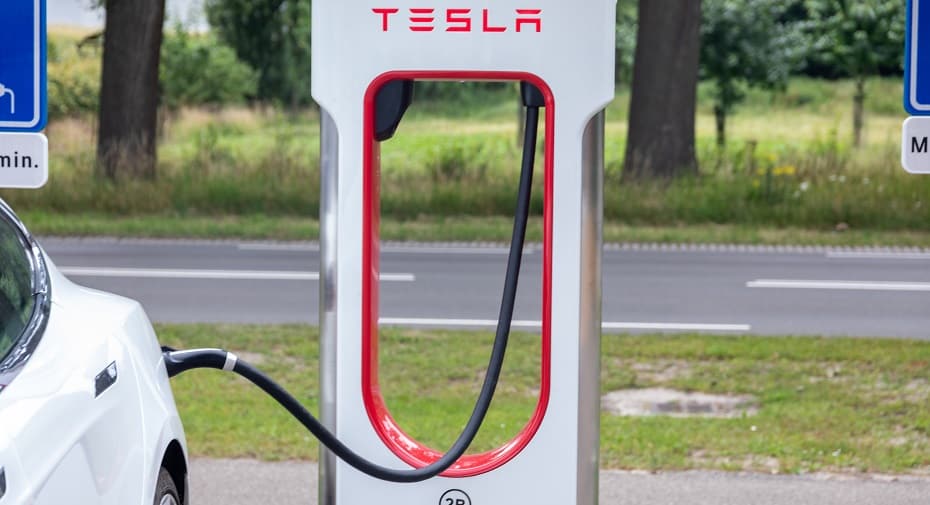


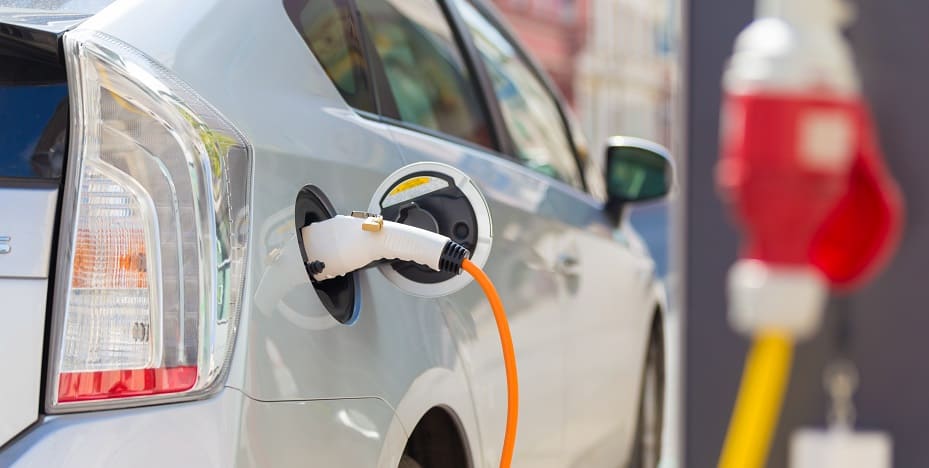

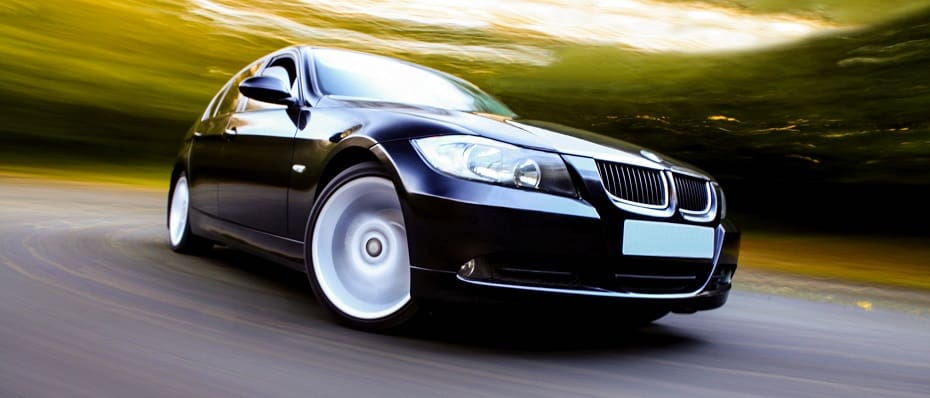
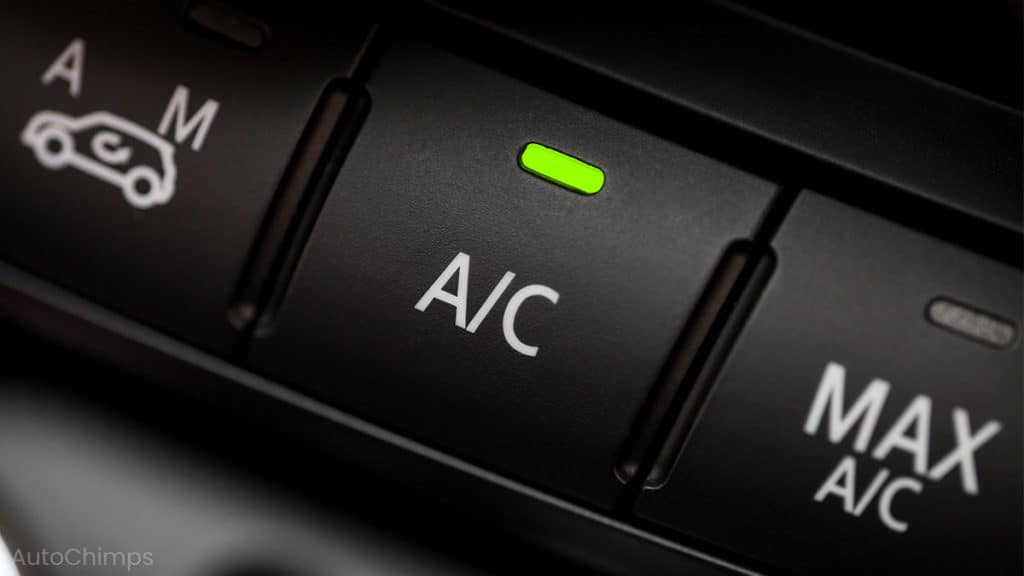


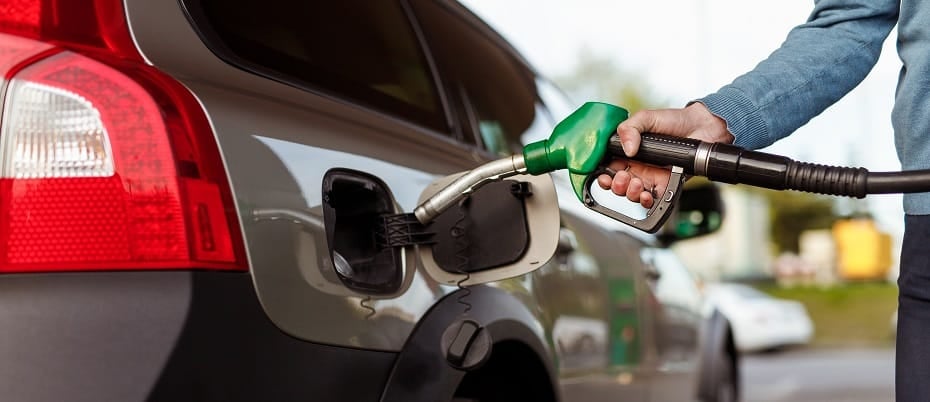


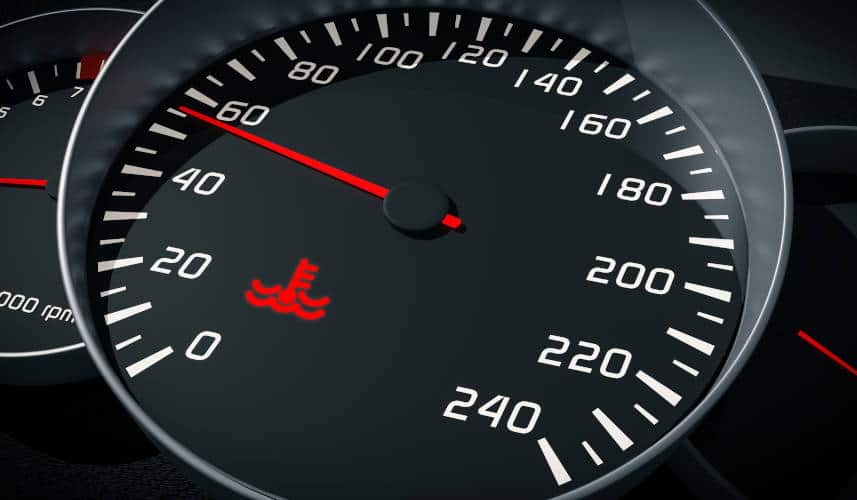
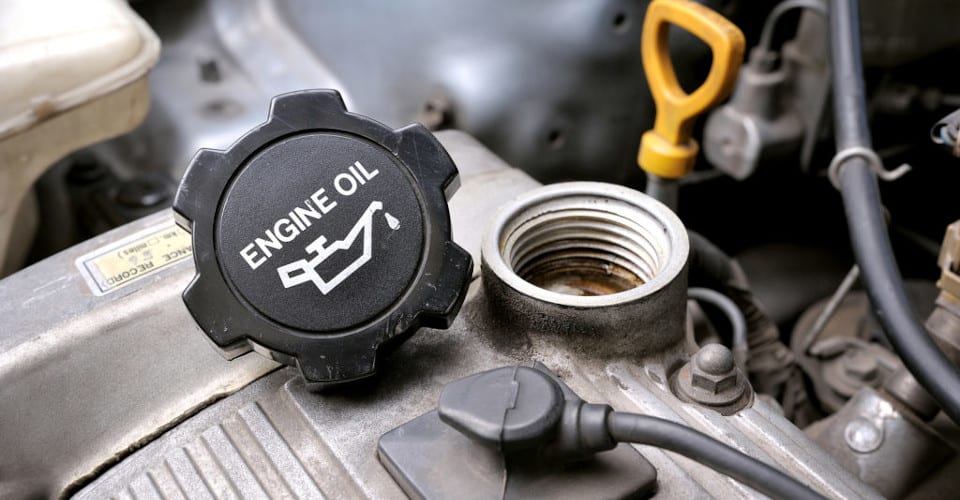

Understanding Car Range: What It Means and Why It Matters
Wondering what “range” means when it comes to cars? You’re in the right spot. This guide breaks down the concept of range and why keeping tabs on it is crucial while cruising.
What Does Range Mean in a Car?

In simple terms, range is how far a car can go before it runs out of fuel or battery. It’s an estimate based on what’s left in the tank or battery pack.
For instance, if a gas car shows a range of 300 miles, that’s about how far it can travel before needing a refill. Electric vehicles (EVs) work similarly, but they’re measuring battery charge instead of fuel.
“Range” also refers to the maximum distance an electric vehicle can cover on a full charge. Keeping an eye on the range displayed on the dashboard helps in planning when to refuel or recharge. But don’t forget to check that fuel gauge too—it’s the real MVP.
Range in Gasoline and Diesel Cars

Calculating remaining range in gas-powered cars is pretty straightforward. Fuel gauges have been around forever, usually linked to a float in the tank. As the fuel level drops, the float moves, and the gauge needle heads toward “Empty.”
Cars know the size of their fuel tanks, so they can estimate how much fuel is left. The engine control unit (ECU) tracks fuel economy by comparing this data with the odometer, which counts miles driven. It’s usually measured in miles per gallon (mpg), or liters per 100 kilometers (l/100km) in some regions.

Using a simple formula, the remaining range can be calculated:

Range in Electric Cars

Electric cars calculate range using similar principles. The ECU knows how much charge is left in the batteries, just like a smartphone shows battery percentage. This info pops up on the dashboard for easy viewing.
EVs also track their own efficiency, measured in MPGe (miles per gallon equivalent) or miles per kWh. It’s the same idea as mpg, just for electric power.

To find the remaining range, a similar formula to the one for gas cars can be used:

When shopping for a new EV, the quoted range is usually the “maximum range”—the furthest distance it can go on a full charge. Manufacturers have faced criticism for inflating these numbers, but they’re getting better at providing realistic estimates.
Range in Hybrid Cars

Hybrids add a twist to the range game. They use both gasoline and electric power, which complicates things a bit. Most hybrids have a traditional internal combustion engine (ICE) paired with an electric motor. Some run primarily on battery power, using gas to recharge while driving.
Each hybrid has its own unique setup, making it tricky to pinpoint the exact formulas used for calculating range. But generally, it’s a mix of the methods used for gas and electric cars, estimating how much fuel and charge have been used to predict the remaining range.
What Affects Range in a Car?

Range isn’t just about how much fuel or charge is left; it’s also influenced by how efficiently the car uses that energy. Here are some factors that can hurt fuel economy:
Harsh Driving

Driving aggressively can take a toll. Smooth acceleration and braking help keep fuel consumption in check. Avoid sudden turns and hard stops to maximize efficiency.
Driving Fast

Speed demons take note: the faster the drive, the more energy is needed to overcome air resistance. Most cars are most efficient between 50 and 60 mph, so cruising at a steady pace is key.
Under-Inflated Tires

If tires are low on air, they create more drag and require extra effort to turn, which can hurt fuel efficiency. Regularly check tire pressure to keep things rolling smoothly.
Appliances (Especially in Older ICE Cars and EVs)

Using features like A/C, heated seats, and even the radio can sap energy. While modern A/C systems are efficient, they still draw power in EVs. Turning off non-essential appliances can help boost range.
Coolant Problems

Engines need to stay cool to run efficiently. Overheating can lead to poor fuel economy. Keep an eye on the temperature gauge and address any warning lights promptly.
Low Engine Oil

Low oil levels can create friction and reduce efficiency. Regular checks and timely oil changes are essential for keeping the engine running smoothly.
Avoiding Certain Routes

Choosing routes with less elevation change and fewer stops can help maximize range. Smooth, flat roads are ideal for conserving fuel.
Popular Myths About Car Range

There’s a lot of misinformation floating around about boosting range. Let’s clear up a few myths:
- Over-inflating tires: Sure, it might give a slight range boost, but it can wear out tires faster and lead to unsafe driving conditions.
- A/C vs. open windows: It’s often said that rolling down the windows saves gas, but in modern cars, using A/C is usually more efficient than battling wind resistance with open windows.
- Using overdrive: Keeping overdrive on is a smart move for highway driving. It helps save fuel by keeping the engine in a lower RPM.

